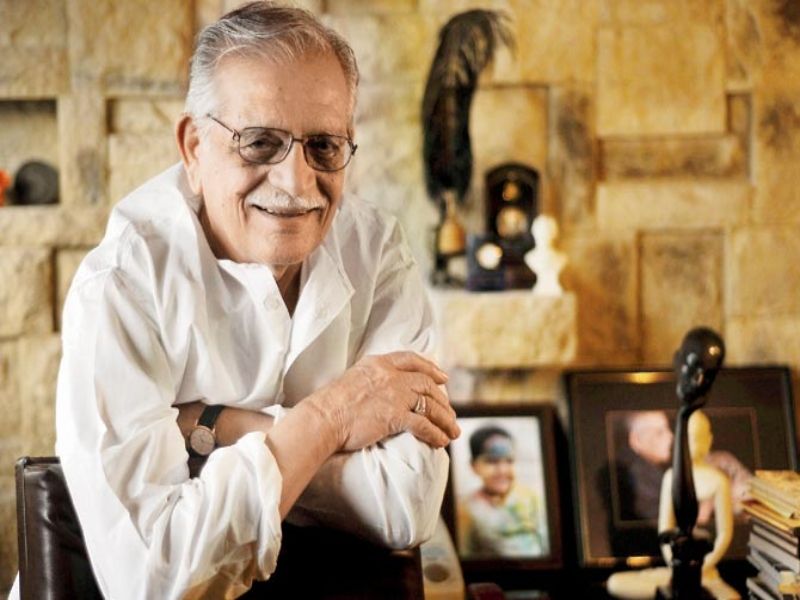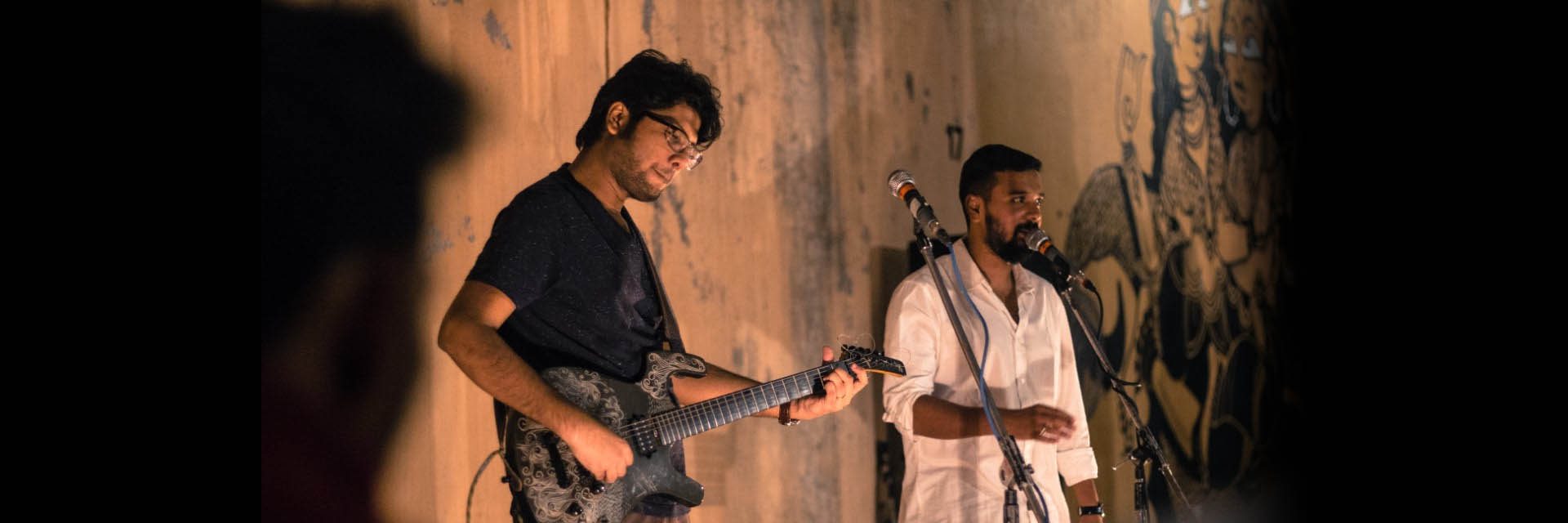(April 6, 2022) The Oscars have had a long and prestigious history. As the Academy of Motion Picture Arts and Sciences (AMPAS) Los Angeles hosted the 94th edition of the Academy Awards this year, the best in the world of cinema was honoured and celebrated. With documentary feature Summer of Soul producer Joseph Patel becoming the first Patel to win an Oscar this year, Indian diaspora yet again basked in the glory at the award ceremony. Global Indian turns the spotlight on five Indian artistes who brought home the golden statuette over the years.
Bhanu Athaiya, best costume design, 1983
Bhanu Athaiya has long been considered Bollywood’s most iconic costume designer. She was also the first Indian to win at the Oscars in 1983 for the historical drama Gandhi. Incidentally, this JJ School of Arts alumna had taken to painting with contemporaries like MF Hussain and FN Souza. After her switch to cinema, she designed costumes for over 100 films including CID, Pyaasa, Sahib Biwi Aur Ghulam, Razia Sultan, Amrapali, Teesri Manzil, 1942: A Love Story, and Swades. She also worked on several international projects with directors like Conrad Rooks and Richard Attenborough.
A few months before her death in 2020, Bhanu had returned her Oscar statuette, to its original owner, (AMPAS), for safekeeping.
Satyajit Ray, lifetime achievement award, 1992
An Indian filmmaker, screenwriter, author, lyricist, music composer, calligrapher and illustrator, he is considered as one of the greatest filmmakers of all time. Some of his celebrated works include The Apu Triology (1955–1959), The Music Room (1958), The Big City (1963), and Charulata (1964). It was in 1992 that he picked his first Oscar, thus becoming the first Indian to receive an honorary Academy Award for lifetime achievement. However, at the time, Ray was hospitalised due to ill health and was unable to attend the ceremony; he gave his acceptance speech via live feed.
So popular were his works, that they were often used as case studies at various filmmaking institutes. During the span of his career, he’d directed 36 films that included feature films, shorts, and documentaries. In 1978, he was also awarded an honorary degree by Oxford University. Did you know, his first film Pather Panchali had won 11 international prizes?
Gulzar, best original song, 2009
It was in 1963 that this Indian poet, screenwriter, author, and film director made his debut as a lyricist with the 1963 film Bandini and has since worked with many music directors – from RD Burman to AR Rahman. After serenading Bollywood and Indian music lovers with his work, he struck gold with Danny Boyle’s 2008 Hollywood film Slumdog Millionaire. He picked the Academy Awards for the best original song – Jai Ho with AR Rahman. He also won a Grammy for it.

Born in Dina, British India, the poet writes primarily in Punjabi and Urdu, although he has also written in several other Indian languages such as Khariboli, Braj Bhasha, and Haryanvi. His poetry is mostly in the Triveni (confluence of three) style of stanza. Gulzar has prolifically written lyrics and dialogues for several popular Doordarshan TV series including Jungle Book, Alice in Wonderland, and Hello Zindagi. His latest work as lyricist is for Darlings, a comedy drama releasing this year.
- Follow Gulzar on Instagram
AR Rahman, best original score and best original song, 2009
Music maestro AR Rahman is the first Indian to be nominated in three categories at the Academy Awards for his background score in Slumdog Millionnaire. The maestro created history by winning two awards – one for the best original song and other for the best original score for Jai Ho. Before this the composer had been nominated at the Oscars for best original score for the movies 127 Hours and If I Rise.
The Indian composer has been primarily working in Hindi and Tamil films since his film debut with Roja in 1992. In 2009, he was featured on the Time list of the world’s 100 most influential people and in 2017, he made his debut as a director and writer for the film Le Musk. Rahman has recently released a modern-day anthem, Moopilla Thamizhe which is composed, arranged, and produced by him. The song celebrates Tamil culture and the achievements of the people of the state in various fields.
Resul Pookutty, best sound mixing, 2009
Resul Pookutty, the famed sound designer, sound editor, and audio mixer, won big at the Oscars for immaculate sound mixing in the movie Slumdog Millionaire. He won the award along with Ian Tapp and Richard Pryke. Pookutty has worked in Hindi, Malayalam, Tamil, and British films.
The youngest of 10 children, Pookutty would walk six kilometres to attend the nearest school; his father was a bus conductor. Since the village he lived in did not have electricity, he would study using a kerosene lamp. He made his debut with Private Detective: Two Plus Two Plus One, and subsequently engineered sound for major productions like Black, Musafir, Gandhi My Father, Kerela Varma Pazhassi Raja. Of late, he has been busy with his directorial venture.



